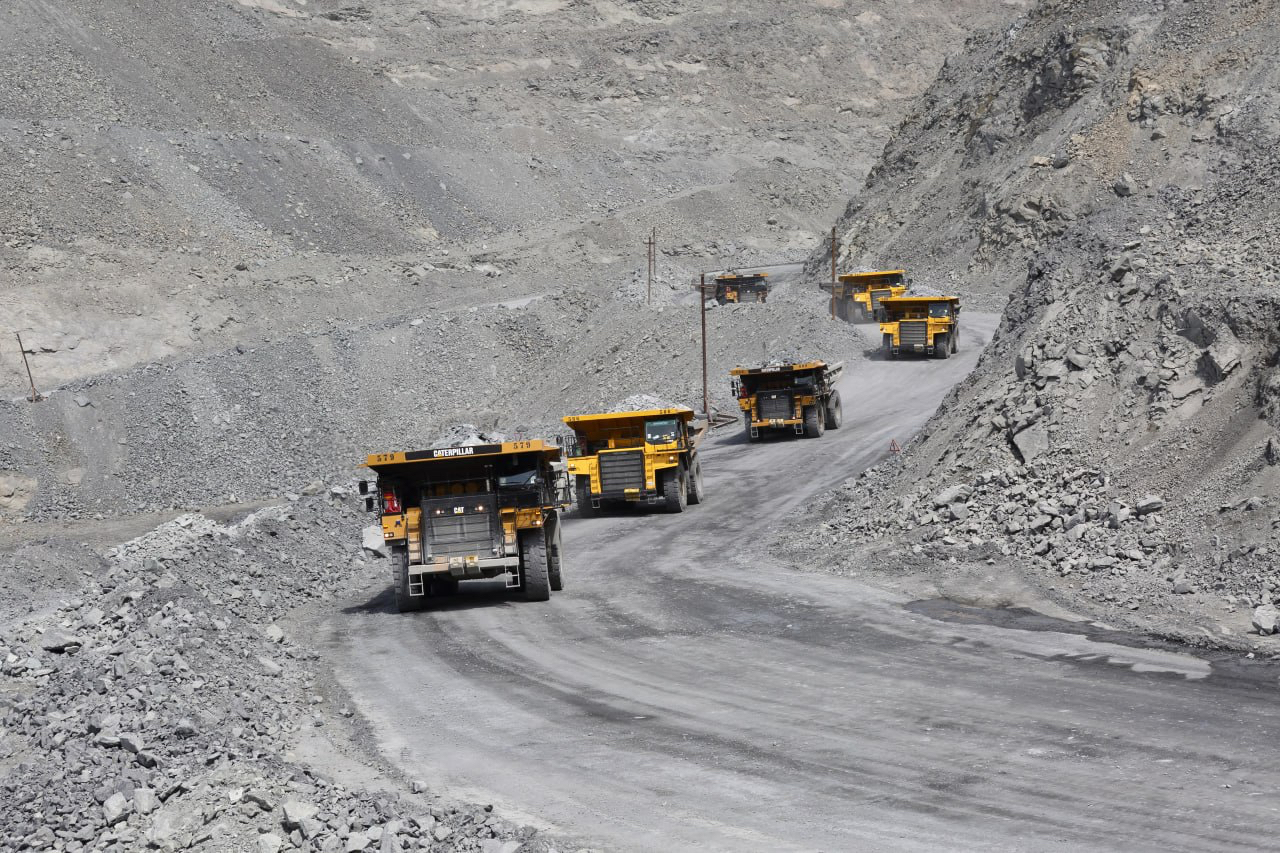In uncertain times, global metals exchange volumes surge

(The opinions expressed here are those of the author, Andy Home, a columnist for Reuters)
The spread of the deadly coronavirus has upended industrial metal markets, with many plunging to multi-year lows and volatility spiking across the board.
Uncertainty rules as traders try to navigate both the unprecedented demand shock of a world in lockdown and the trailing supply shocks that are accumulating from ever more mine closures.
Market turmoil has translated into surging trading volumes on all three major metals hubs in London, Shanghai and New York.
The Shanghai Futures Exchange (ShFE) in particular has registered a series of spectacular year-on-year increases in activity, which has been replicated across other commodity trading arenas in China.
This does not appear to be down to the day-trading crowd that has surged through the commodities space in the past, but rather a step-change in industrial user activity.
It’s a similar story on both the London Metal Exchange and the CME, with evidence that speculators have cut their exposure to industrial metals even as supply-chain disruption has boosted industrial participation.
Shanghai surprise
Shanghai trading volumes exploded in March after reduced activity in January-February, when much of the country was in lockdown.
A breakdown of activity by contract is full of surprises.
Volumes in zinc and steel rebar, both past favourites of day-traders because of their relatively low pricing and resulting low margin requirements, dropped sharply in the first quarter to the tune of 52% and 56% respectively.
These year-on-year comparisons are adjusted to factor in ShFE’s change of methodology at the start of 2020.
The exchange moved from double-counting buy and sell sides to single-counting transactions to conform both with international standards and financial exchanges in China.
It was tin that shone in the first quarter with volumes mushrooming to 2.25 million contracts from 571,000 in the year-earlier period.
The exchange’s new stainless steel contract, launched in September last year, also attracted huge trading interest in March, with volumes of 1.19 million eclipsing last year’s aggregate four-month tally.
Equally significant has been the general lift in market open interest over the first quarter, another sign that day-traders have not been the driver of the trading action.
Only two Shanghai metals contracts had lower open interest at the end of March than a year earlier – zinc and nickel.
Everything else registered strong builds, once again led by tin, which saw resting positions more than triple to 77,683 contracts from 21,757 at the end of March 2019.
London bounce
The London Metal Exchange (LME) prides itself on being the world’s foremost forum for the world’s industrial metal hedgers, so it’s no surprise that volumes also exploded in March.
This marks a significant change of trend. LME volumes, including UNA (unallocated) trades, slid by 4.6% last year and were down another 2.9% in the first two months of 2020.
Average daily activity jumped by 15% in March to 794,139 contracts. That was the highest monthly total since April 2018
However, average daily activity jumped by 15% in March to 794,139 contracts. That was the highest monthly total since April 2018, an outlier month when U.S. sanctions on aluminum producer Rusal saw volumes on the exchange’s most liquid contract explode.
The strong March performance lifted the LME’s first-quarter volumes by 4.6% relative to last year, or by 3.1% on an average daily basis.
Increased activity was registered on all the LME’s major contracts with only three smaller ones bucking the trend – tin, which was very marginally lower, North American aluminum alloy (NASAAC) and steel scrap.
Notwithstanding less action in the scrap contract, the LME’s foray into the world of ferrous trading appears to be bearing fruit.
Steel rebar volumes were up by 68% year-on-year while both new hot-rolled-coil contracts, cash settled against Argus (China) and S&P Global Platts (North American), registered turnover of 30,326 contracts and 2,166 contracts respectively.
Looking less healthy are the exchange’s gold and silver contracts, with cumulative volumes slumping by 94% despite the current heightened interest in gold as a safe-haven play.
The LME’s attempt to break into the precious space has been struggling for several months despite a number of incentive schemes.
Also worth a mention is the LME’s owner Hong Kong Exchanges and Clearing (HKEx), which has seen volumes accelerate on its new dollar-denominated “mini” base metal contracts.
The LME has tried “mini” contracts twice without success and HKEx’s own yuan-denominated contracts have withered on the vine.
But with the dollar products, HKEx appears to be onto something. Volumes totaled 36,697 in January-March, compared with 29,334 in the first five months of trading in August-December last year.
CME aluminum contracts shine
Underlining the broader trend of increased industrial user activity is the sharp rise in activity in the CME’s aluminum premium contracts.
All four saw trading surge in the first three months of this year, with volume increases ranging from 73% (North American) to 230% (European duty unpaid).
The exchange’s aluminum futures contract has also bounced back from the dead after going international, with Asian physical delivery points added to the existing U.S. warehouse network.
After not trading at all over the course of 2018 and the first part of 2019, volumes picked up to total 9,246 contracts in the first quarter of 2020.
It’s noticeable that the CME is seeing more active movement of physical aluminum stocks, particularly at Malaysia’s Port Klang, which currently holds 8,998 tonnes out of total registered inventory of 23,778 tonnes.
The CME’s most active industrial metals contract remains copper, which saw volumes rise by 16% in the first quarter after a 27% decline in 2019.
However, market open interest dropped sharply over the course of March, ending the month at 182,253 contracts, down 27% on March 2019.
That seems to reflect a collective exit of fund money from the copper market with money managers holding minimal long positions and covering short positions over the last two weeks.
It may be a sign of the broader fund dash for cash or of simple fatigue with volatile markets that continue to chop around on each and every update on the spread of covid-19.
But it does underline how speculators, whether Chinese or American, have not been as active as industrial hedgers in the last couple of months.
That may well change but in the interim there is likely to be no let-up in physical supply-chain disruption over the coming months, which suggests that the big three metals exchanges are going to continue to thrive in our currently chaotic world.
(Editing by Jan Harvey)
More News
{{ commodity.name }}
{{ post.title }}
{{ post.date }}



Comments